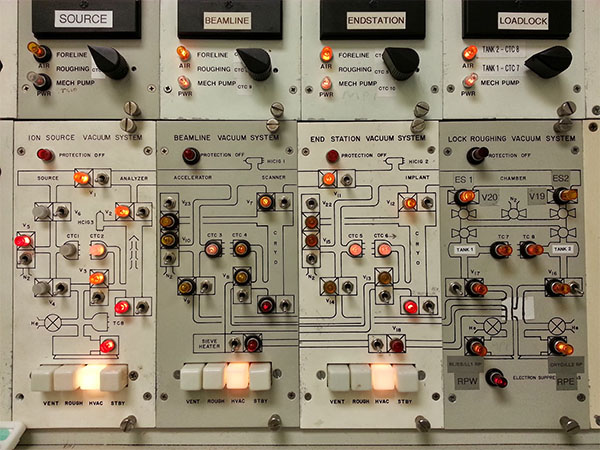About

About Me
I received my BS in Microelectronic Engineering and MS in Materials Science & Engineering from RIT in 2015. After that, I went on to complete my PhD in Nanoengineering at the SUNY Polytechnic Institute in 2019.
My research focuses on developing next-generation computing systems which leverage new materials, devices, and dynamics. In particular, I focus on how biological computation can be used to inspire these systems and make artificial intelligence more efficient and effective.
About this Blog
The goal of this research blog is to provide highlights into my research and areas of interest which are more approachable and interactive than traditional scientific papers.
For other resources and detailed write-ups, check my Github Profile and Google Scholar page.